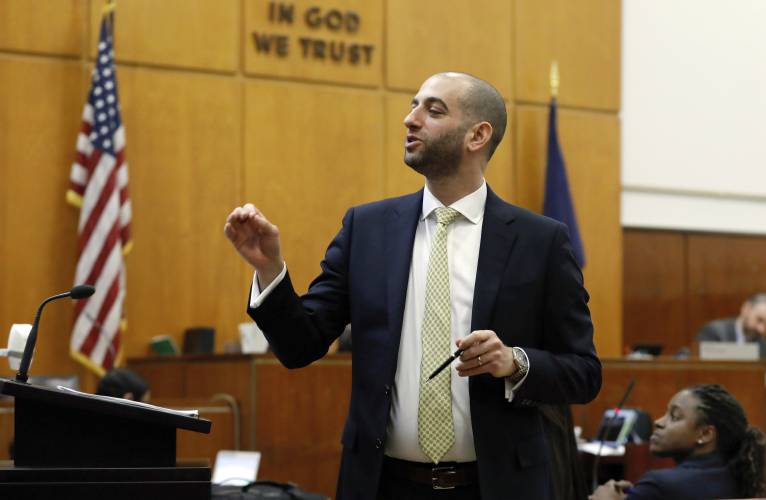Brooklyn Orders of Protection Lawyers
Unfortunately, not all divorces are amicable. During many divorce processes, there may be a number of issues that arise, including those of a criminal nature. In Brooklyn and the rest of the New York area, it may be necessary to obtain an order of protection while you are going through a bitter divorce. If you are in fear for your well-being and safety or for that of your family members and other people close to you, obtaining an order of protection of is utmost importance. It can help to stop harassment, stalking, domestic violence, assault or abuse against you. An experienced Brooklyn family lawyer can inform you whether an order of protection is necessary for your case in either a criminal or family law case. It’s important to know about your rights and how orders of protection work.
What is an Order of Protection?
An order of protection is frequently also referred to as a restraining order. It is a court order that informs a person that he or she cannot have contact with another person and sometimes tells them what they can or cannot do to that individual. It usually requires the person served to stay away from the victim, which includes their home, place of employment, school and residence of close family members. If the order of protection has been served on a person who has children with the other individual, that person cannot have any contact with them. However, the court may make exceptions if the two parties share children, such as to arrange for visitation with the child.
In some cases, an order of protection may allow for some contact. At the same time, it states that the person cannot commit crimes against that person or do anything offensive toward them.
Terms and Concepts to Understand Regarding Orders of Protection
It’s important to know the various terms and concepts about orders of protection in Brooklyn and the rest of the New York area. These are very important and include the following:
• The person who is seeking an order of protection is known as the “petitioner” in family court. The person who is served with the order of protection is known as the “respondent.”
• The order of protection that tells a person to stay away from another individual means that the respondent is prohibited from having any contact with the petitioner. This means there are to be no phone calls, no emails or texting, no letters sent via regular mail, no meetings and no third-party communications.
• Limited orders of protection and do not harass orders of protection, on the other hand, do not prohibit the respondent from having contact with the petitioner. However, it states that the respondent is not to threaten, harass, intimidate or yell at the petitioner.
• Exclusion orders are those that are granted to a person who resides at the same address as the individual against whom they want a protection order. Even if the respondent is the one who pays the rent or mortgage or is the one on the lease, the court may find that irrelevant and order them away from the home.
• A final order of protection is usually granted after a hearing or with the consent of both parties without a hearing. A temporary order of protection is given to protect the petitioner until the final order of protection can be issued by the court.
• If a respondent violates an order of protection, regardless of whether it is final, they can receive jail time from family court or in criminal court.
Having a skilled family law attorney on your side is important when you are in a situation where there is a need for an order of protection. You should know your rights and can get the order faster through your lawyer.








